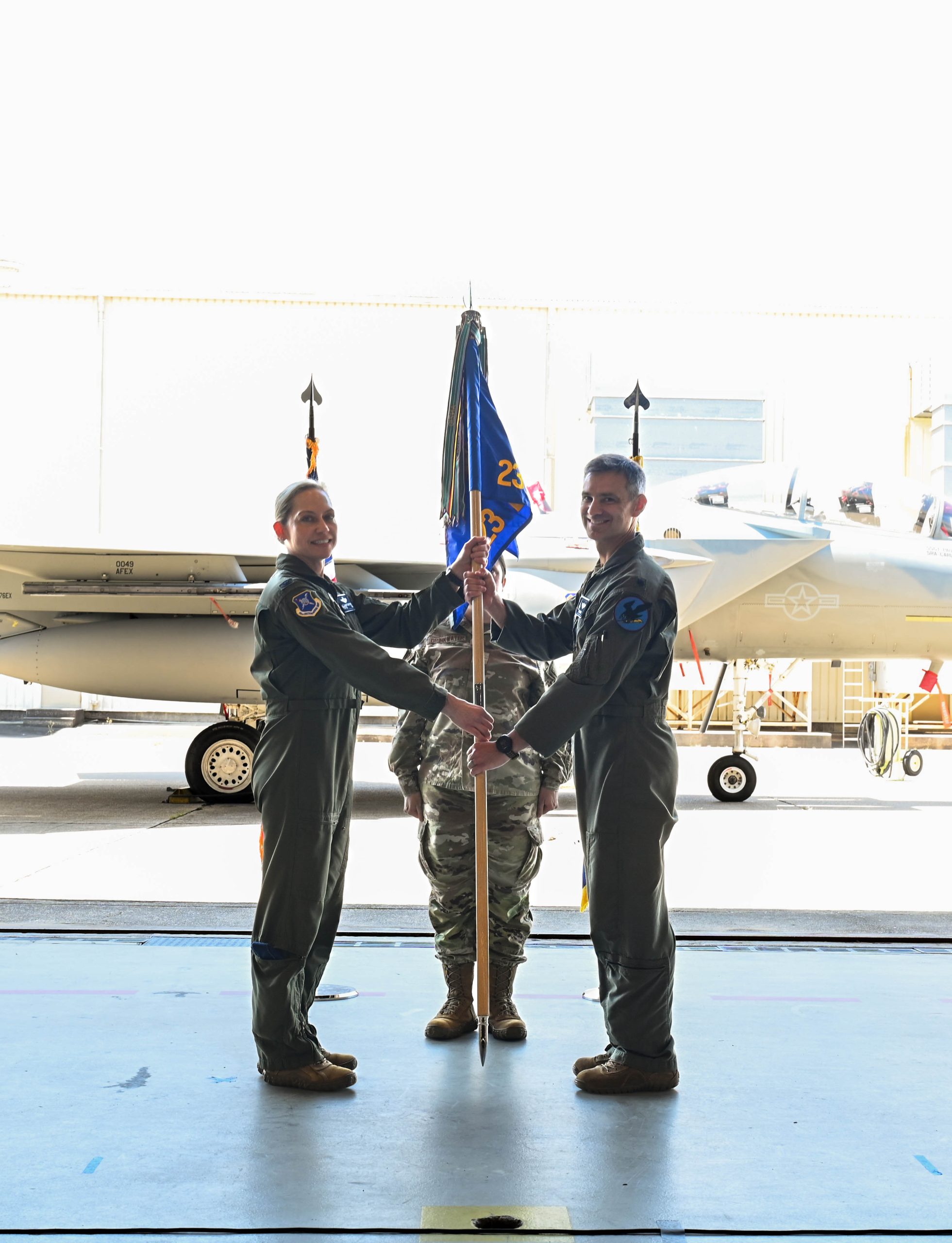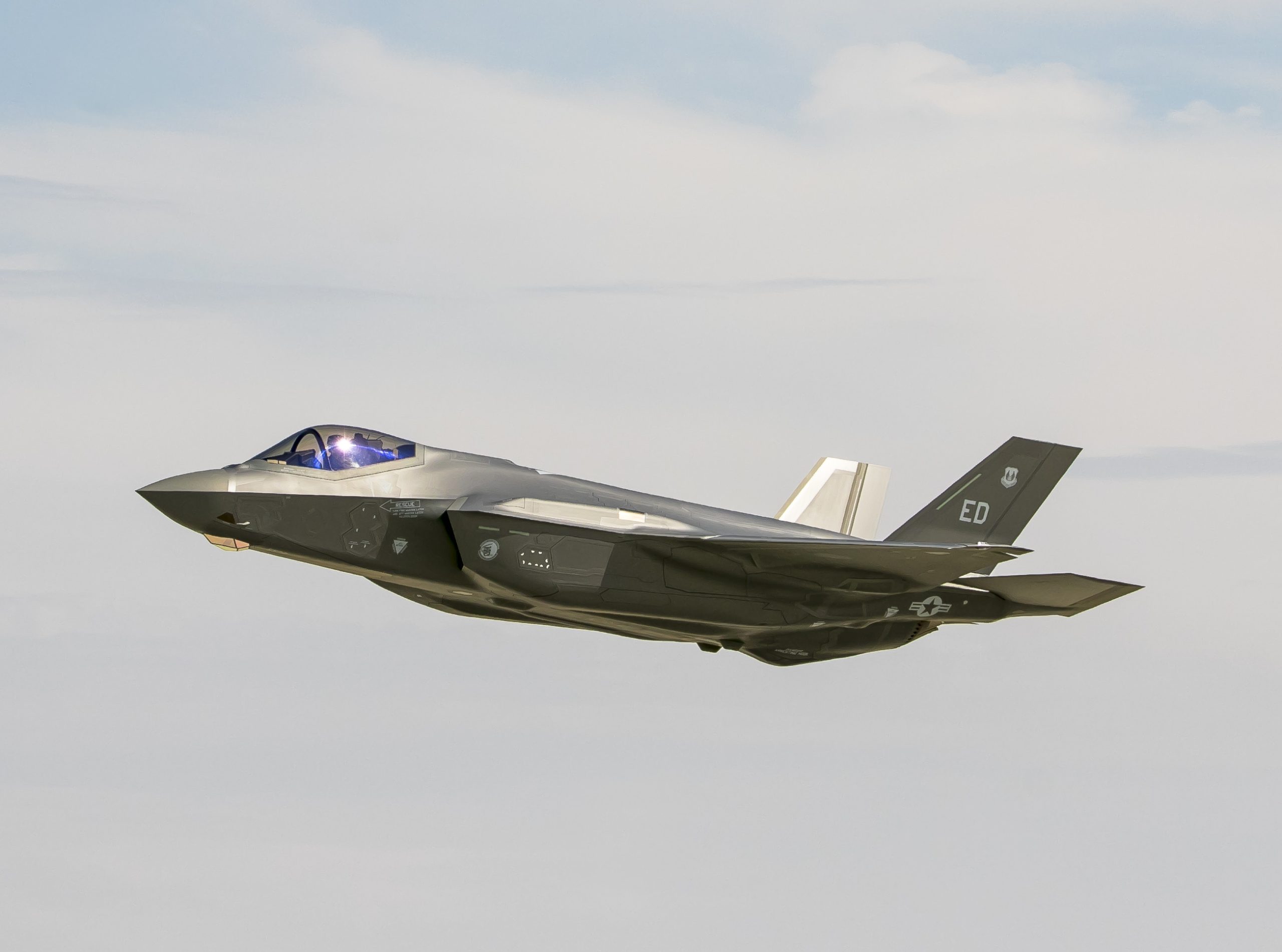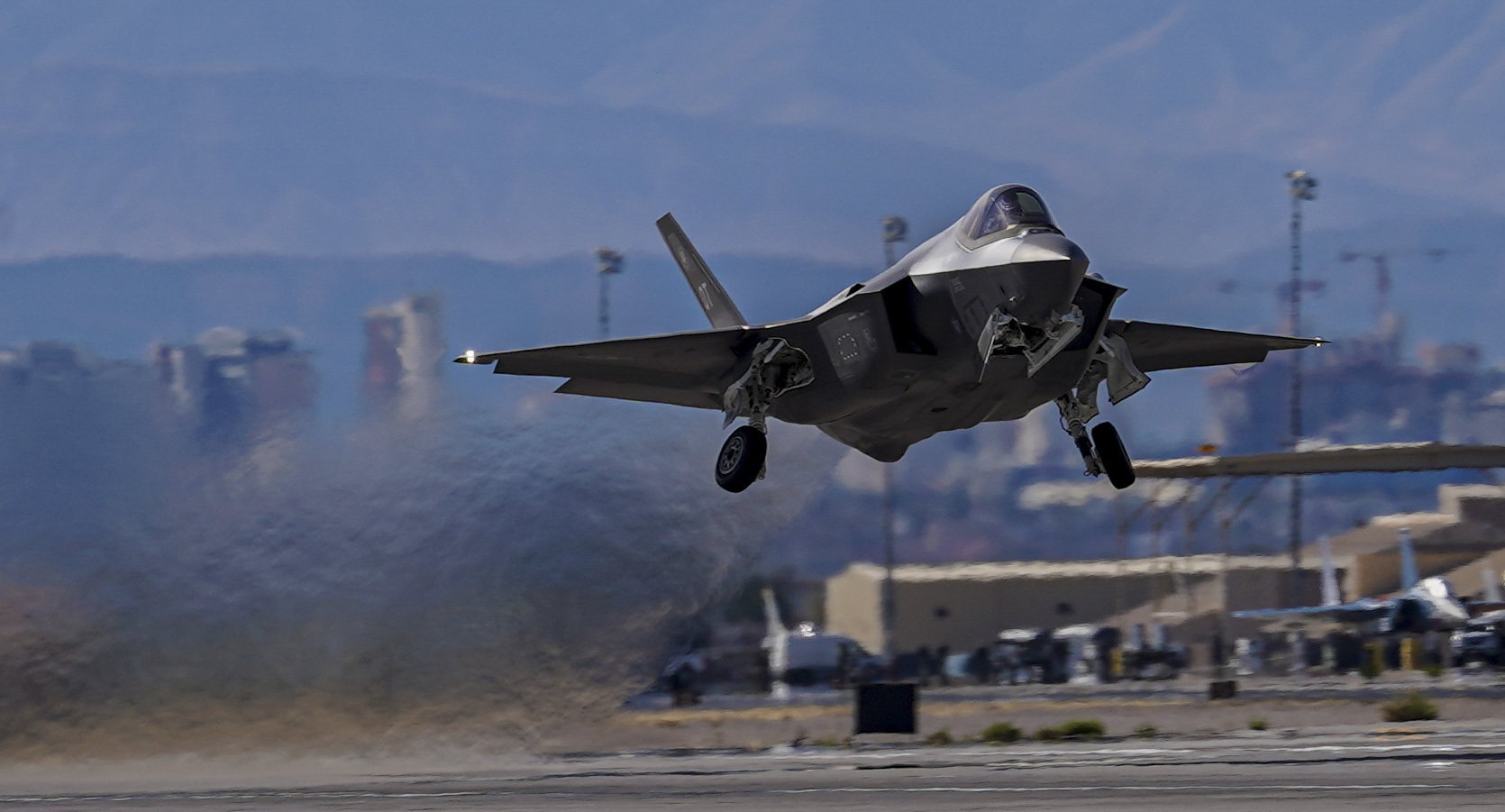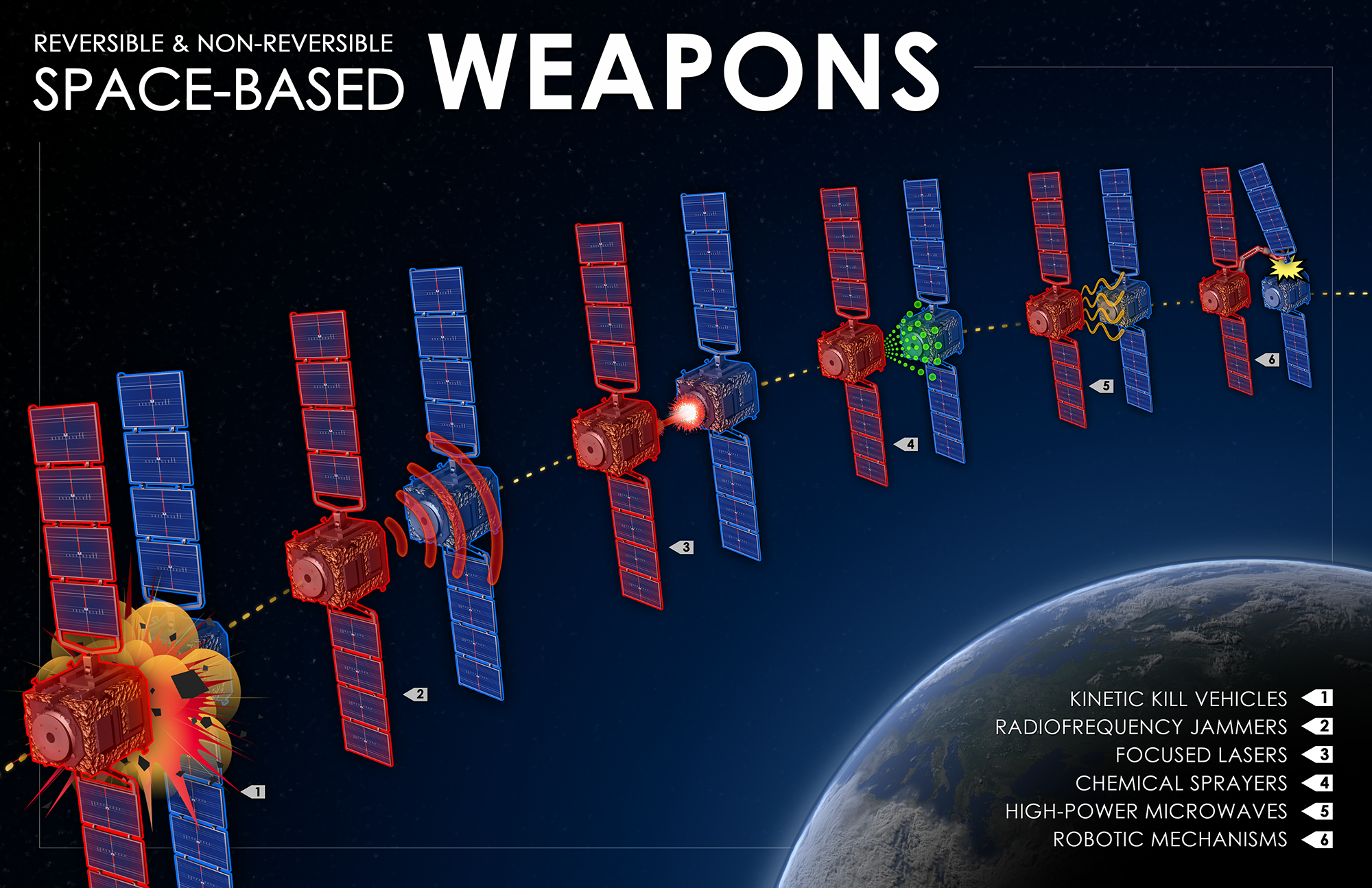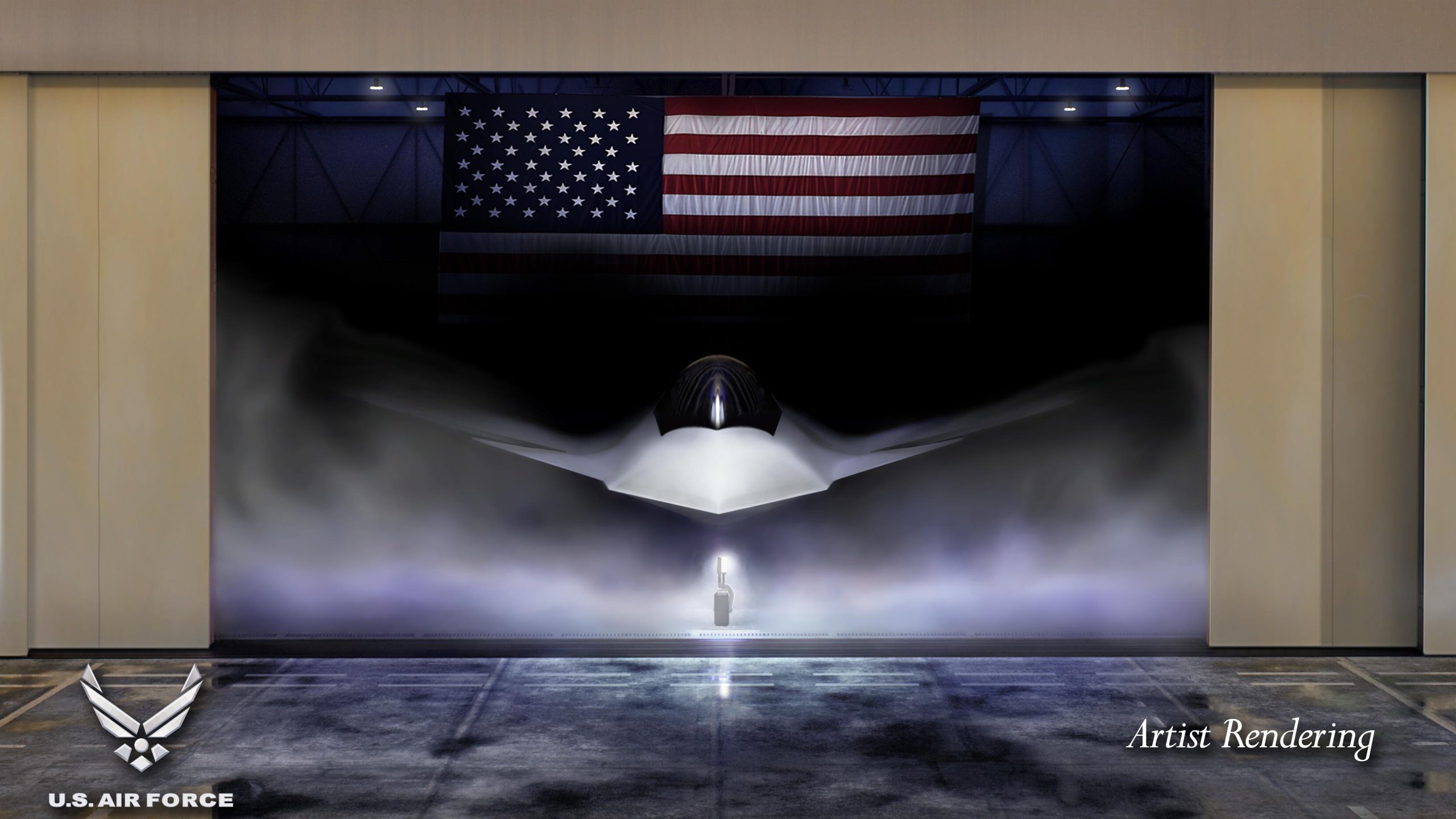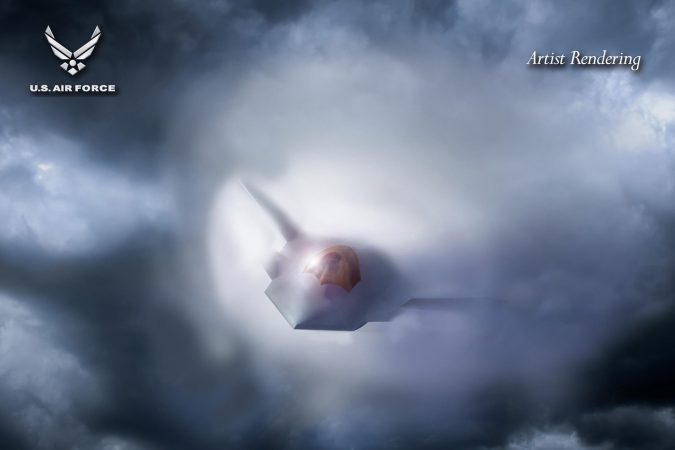The Air Force has launched yet another new squadron dedicated to electronic warfare as part of its effort to expand expertise in the field.
The 23rd Electronic Warfare Squadron stood up at Eglin Air Force Base, Fla., home to the service’s sole wing focused on EW, the 350th Spectrum Warfare Wing, on April 18. It is the 12th squadron under the wing, which activated less than four years ago.
The new squadron is responsible for mission data programming in support of command and control, ISR, and Combat Air Force weapon systems like the High-Speed Anti-Radiation Missile (HARM). Airmen assigned to the unit will program and update the data that guides these systems, allowing missiles like HARM to track and target enemy radar by locking onto their signals. The group also provides service-wide support for EW systems such as reprogramming, threat testing, and evaluating new or upgraded technologies.
Much of this work began in 2023, when the unit operated as a detachment rather than a full squadron due to staffing shortages at the time, a spokesperson for the 350th SWW told Air & Space Forces Magazine. Lt. Col. Luke Marron, who previously served as detachment commander, now commands the 23rd EWS.
“The 23rd Electronic Warfare Squadron will be the shield that protects our forces, the sword that disrupts our enemies, and the eyes that provide critical intelligence in the electromagnetic spectrum,” Marron said in a release.
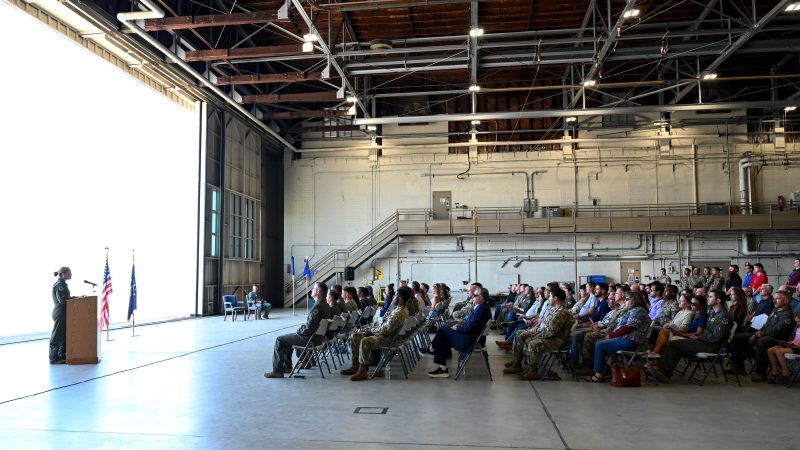
The 23rd EWS is technically a “re-activation” of the former 23rd Fighter Squadron, which has a rich history dating back to 1939 as the 23rd Pursuit Squadron. Redesignated in 1942 as a fighter squadron, it played key roles in World War II, Operation Desert Storm in Kuwait, and the Global War on Terror targeting al-Qaeda and the Taliban. The group was inactivated in 2010.
“Service and sacrifice defined the 23rd Fighter Squadron and it’ll continue to define the 23rd Electronic Warfare Squadron,” added Marron.
The Air Force, along with the rest of the Pentagon has upped its focus on the electromagnetic spectrum in recent years. Leaders say that after years of conflict in the Middle East against adversaries without those capabilities, U.S. skills in EW have “atrophied” and need to be rebuilt for a potential high-end conflict against advanced adversaries like China and Russia.
In 2020, DOD released a department-wide electromagnetic spectrum strategy, and in 2021, the Air Force stood up the 350th Spectrum Warfare Wing to provide EW proficiency for the Combat Air Force. The wing oversees three groups: the 350th and 850th Spectrum Warfare Groups at Eglin, and the 950th based at Robins Air Force Base, Ga.
Still more upgrades and focus could be coming.
Gen. Dan Caine, the new Chairman of the Joint Chiefs of Staff, stressed the significance of the EW during his confirmation hearing earlier this month, and argued the U.S. “has lost some muscle memory defending against electromagnetic attack”—an issue his predecessor, Gen. CQ Brown, has also emphasized.
Experts have highlighted the unprecedented use of electronic warfare in the Russia-Ukraine conflict, with both sides employing EW to jam drones and missiles on the front lines.
Leaders have also acknowledged even the high level of electronic warfare in Ukraine could dwarf what the U.S. could face in a conflict with China, which would likely attempt to interfere with the satellites the U.S. military relies on for basic functions such as navigation and timing.
Gen. Kenneth Wilsbach, head of Air Combat Command and former Pacific Air Forces commander, said the Air Force’s only EW wing keeps the Combat Air Force ready by assessing spectrum-based combat capabilities.
“Electromagnetic spectrum operations are a significant part of how we operate,” Wilsbach said last year. “The operations that are happening today in the Pacific will inform the data and what will happen here at the 350th. That data will in turn be used by those same operators for an advantage against China.”
Caine also called the Pentagon’s current EW ranges “inadequate.”
“Despite some investments, these ranges have not kept pace with current technology or the threat environments in which we expect to fight,” Caine said during the Senate Armed Services Committee hearing on April 1. “Against the most advanced adversaries, the joint force would likely face challenges protecting itself from electromagnetic attack.”
The Air Force has EW training ranges at Eglin, as well as one in Idaho, three in Nevada, two in South Carolina, one in Texas and one in Utah. Snyder Electronic Warfare Range, near Dyess Air Force Base, Texas, is used by all the services. The Nevada Test and Training Range is used during large-scale Red Flag exercises.
